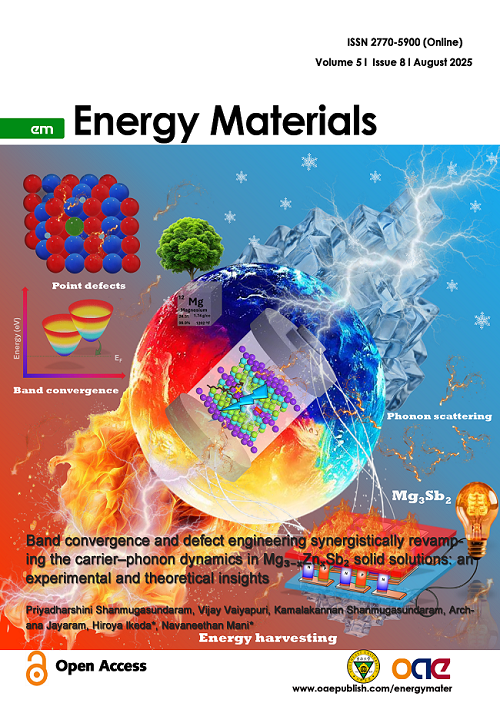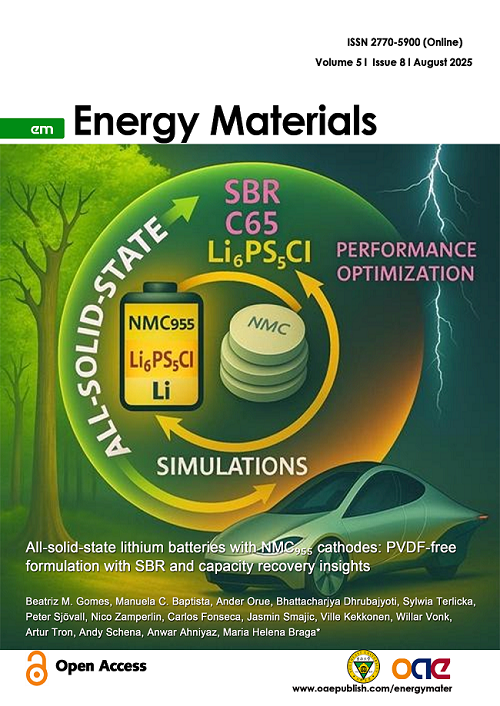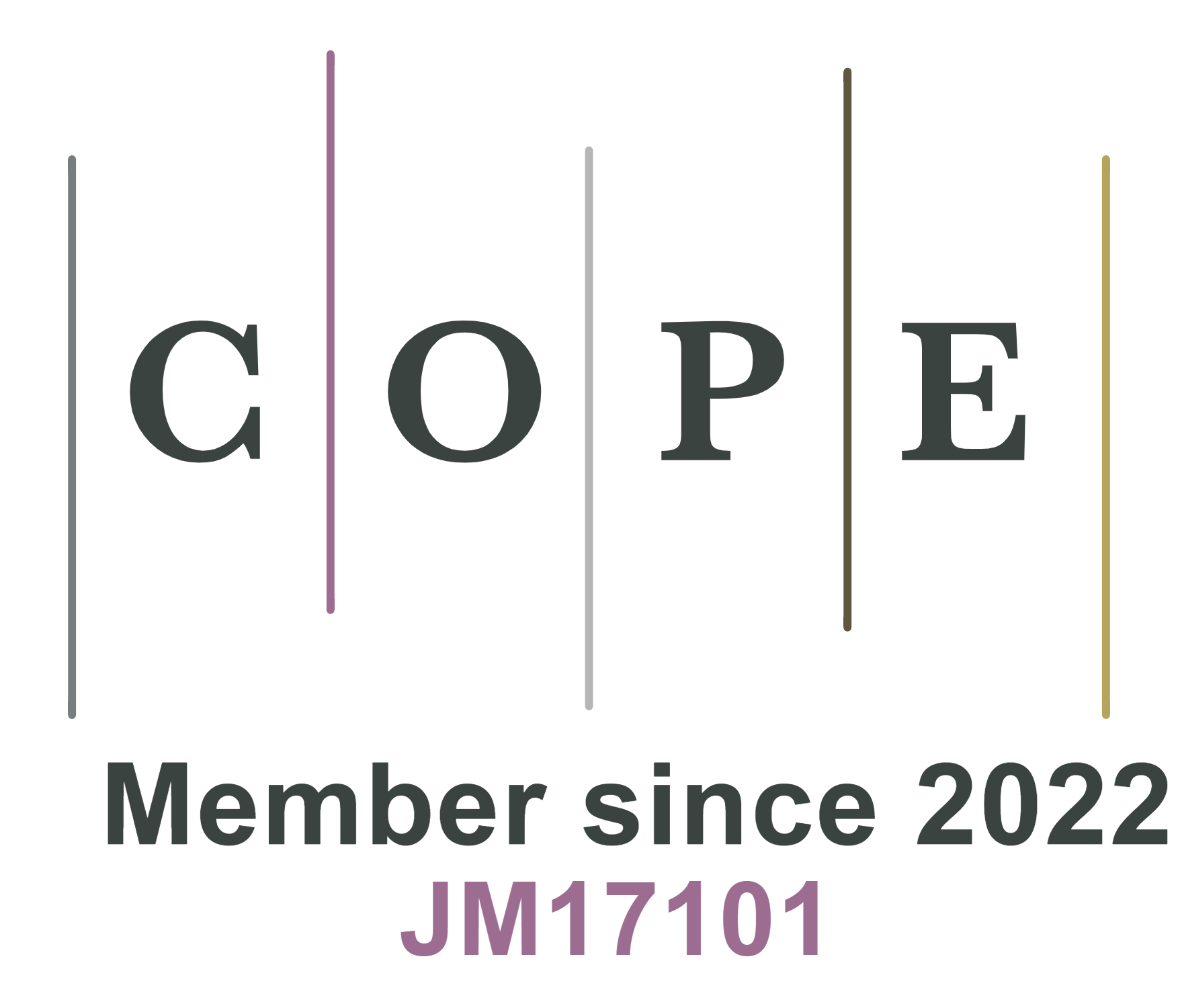Volume 5, Issue 8 (2025) – 20 articles
Mg3Sb2-based n-type Zintl compounds have attracted greater attention for their superior thermoelectric performance, making them a potential candidate for medium-temperature (< 900 K) applications. Herein, this work verifies the p-type Mg1.8Zn1.2Sb2 solid-solution and defect engineering could be the key mechanism to reduce the lattice thermal conductivity (κL) for improving the thermoelectric performance. The carrier and phonon transport properties were studied by adding heavy element Ag at Mg-sites of Mg1.8Zn1.2Sb2 solid-solution. As a result, the Ag0.03Mg1.77Zn1.2Sb2 sample simultaneously obtained the maximum power factor of 456 μW/mK2 via band convergence and defect engineering, which led to reduced thermal conductivity of 0.56 W/mK at 753 K by the strengthening of multiscale phonon scattering. In addition, optimized carrier density and thermal conductivity resulting in a maximum figure of merit (zT) of 0.5 at 753 K has been obtained for Ag0.03Mg1.77Zn1.2Sb2, which is 285% higher than undoped Mg1.8Zn1.2Sb2. This work demonstrates that heavy element substitution induces band convergence and that defect engineering leads to simultaneous improvement in thermoelectric transport properties of p-type Mg1.8Zn1.2Sb2.
The nickel-rich NMC955 (LiNi0.90Mn0.05Co0.05O2) cathode, with minimal cobalt, is the zenith of LiNixMnyCo1-x-yO2 (NMC) technology but faces structural and thermal stability challenges, losing an average of 15% of its capacity in the first discharge. Here, by selecting appropriate materials and synthesis methods in an all-solid-state battery cell, this challenge is effectively mitigated. A sustainable fabrication of the LiNMC955 positive electrode, excluding poly(vinylidene fluoride) (PVDF) and using styrene-butadiene rubber, demonstrates high retention in











